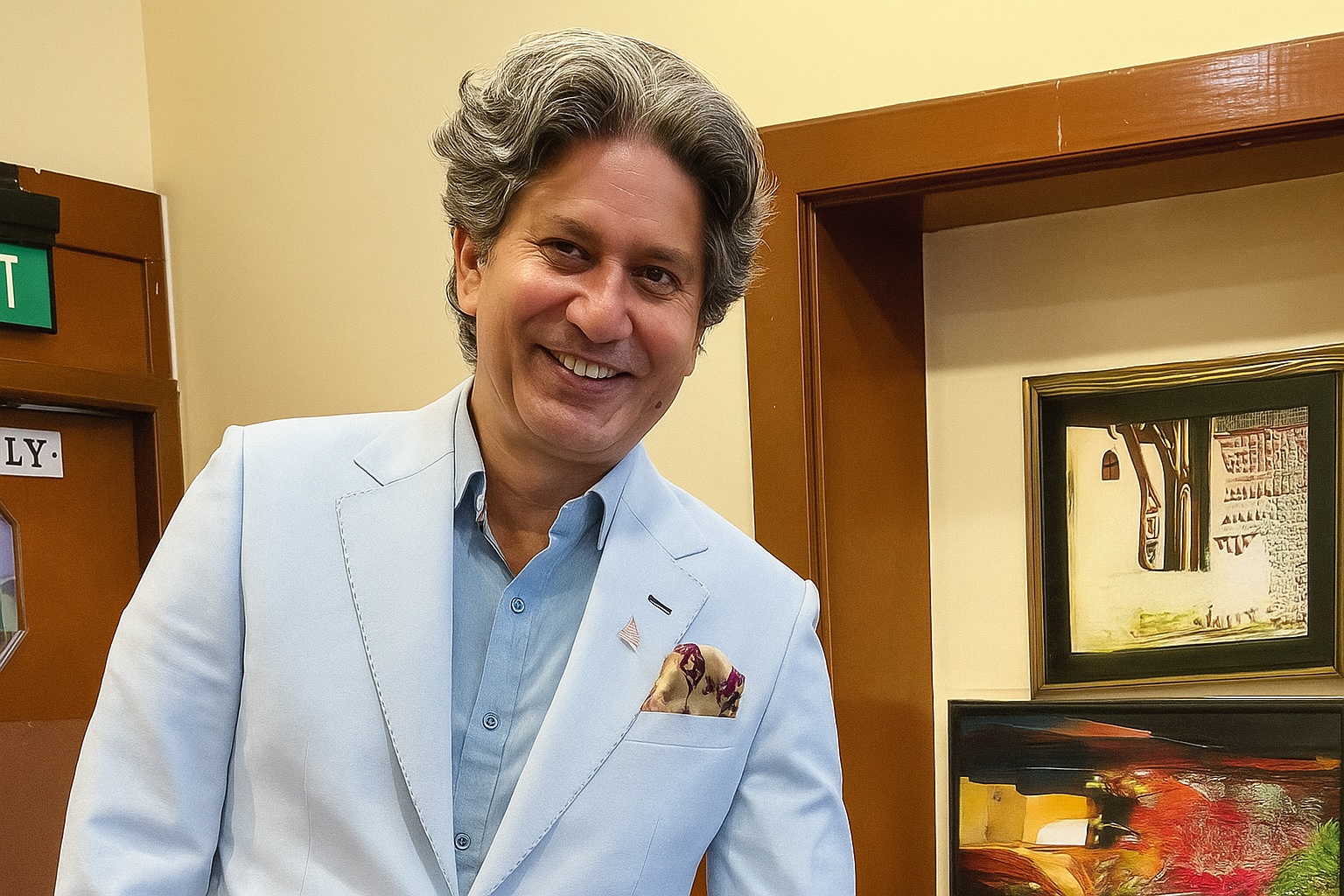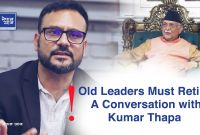The Core of Press Freedom: A Mirror of Truth, Not a Tool of Influence

Press freedom, in its fundamental and universally accepted sense, is the condition in which media and journalists are able to publish news stories without fear or interference—not from the state or its agencies, not from political parties or radical groups, and certainly not from business advertisers or ideological institutions. Journalism must remain untouched by religious sentiments, ethnic bias, cultural beliefs, or economic pressures.
In its purest form, journalism is a mirror—crystal clear and undistorted—presenting facts as they are, without modification or moderation. The press is not a preacher; it is a platform. And in that platform, the audience—not the police, not the court—is the rightful judge of journalists. It is the people who must be allowed to interpret, question, and score the credibility of news and the institutions that produce it.
According to globally recognized regulatory norms, any conflict or grievance against published content must first be handled by independent press regulatory bodies such as a Press Council—not by law enforcement agencies or the judiciary. The police or courts should not act as moral or editorial arbiters of journalism. Their role is not to investigate or judge the credibility of a journalist or their reporting, but to ensure due process is followed where actual harm or crimes are evident.
Let audiences determine the credibility of Dil Bhusan Pathak—not the Cyber Bureau, not the courts. If his reporting lacks evidence, let public criticism and professional accountability prevail. If he violated ethical standards, let the Press Council assess and respond through journalistic mechanisms. That is the democratic way.
It must be acknowledged, however, that journalist Dil Bhusan Pathak made a serious professional misstep. He published unverified content on his personal YouTube channel—not through a registered or editorially accountable media outlet. In doing so, he bypassed established journalistic practices, including fact verification and editorial review. If the content was based on misinformation or lacked substantiation, it should have been publicly acknowledged as a mistake, and an apology offered.
But that mistake does not make Pathak a criminal. Pathak is not a habitual offender. Treating a senior journalist as a criminal suspect sets an unfortunate tone. Such actions by the state—issuing arrest warrants under the Electronic Transactions Act without prior engagement with journalistic bodies—undermine press freedom and instill fear among independent voices.
Unfortunately, Nepal’s Press Council has increasingly failed to fulfill its watchdog role. Instead of resolving disputes within the media ecosystem, the Council has begun encouraging or deferring to the Cyber Bureau, facilitating criminal complaints and prosecutions rather than ethical mediation and institutional correction. This drift from principle is alarming.
This audience–media relationship carries a dual duty. Journalists must tell the truth. If mistakes happen, they must acknowledge them transparently. If falsehoods are published deliberately, it is the duty of the public to discard such media. A free press thrives only when it is trusted, and trust is earned through honesty, not manipulation.
And democracy, for its part, must remember: The press is not an enemy to control, but a pillar to protect. Only then can journalism remain what it was always meant to be: a mirror, not a weapon.
Dil Bhusan Pathak Madhav Guragain


